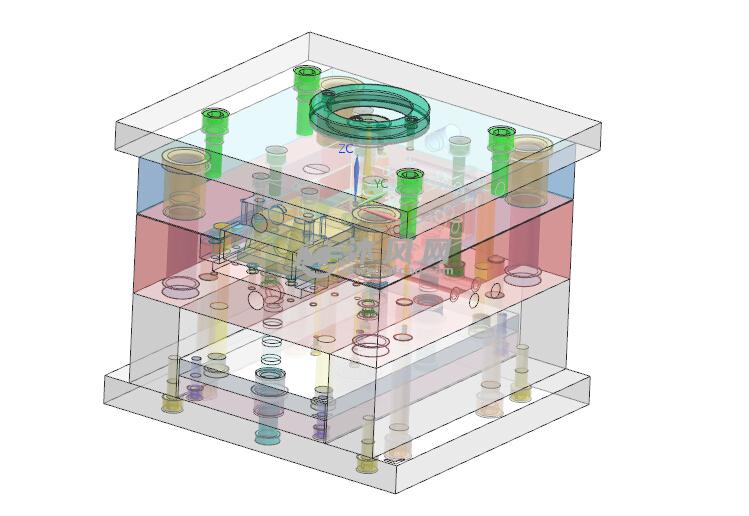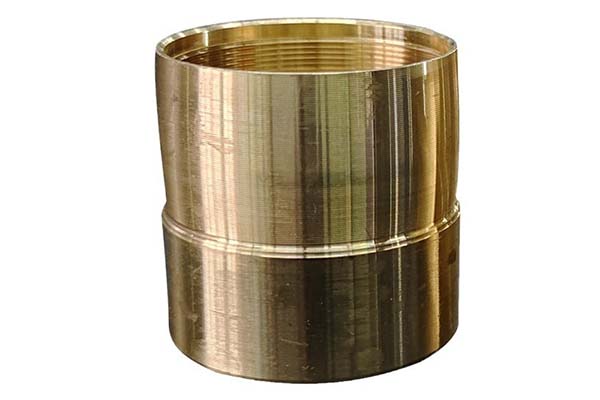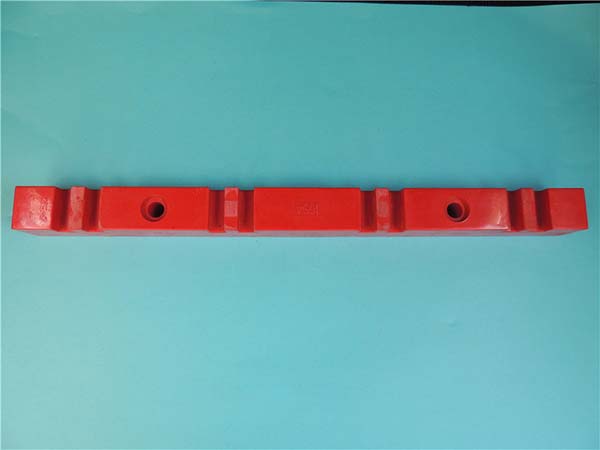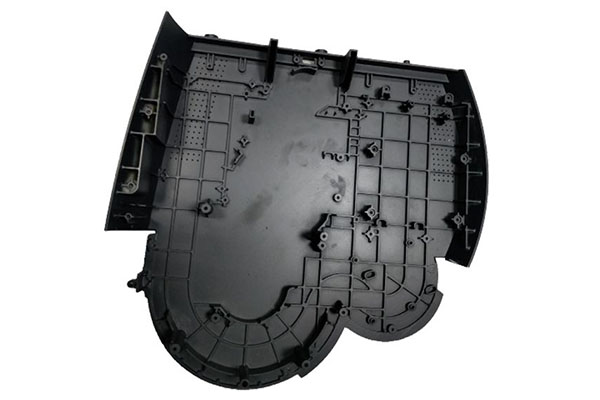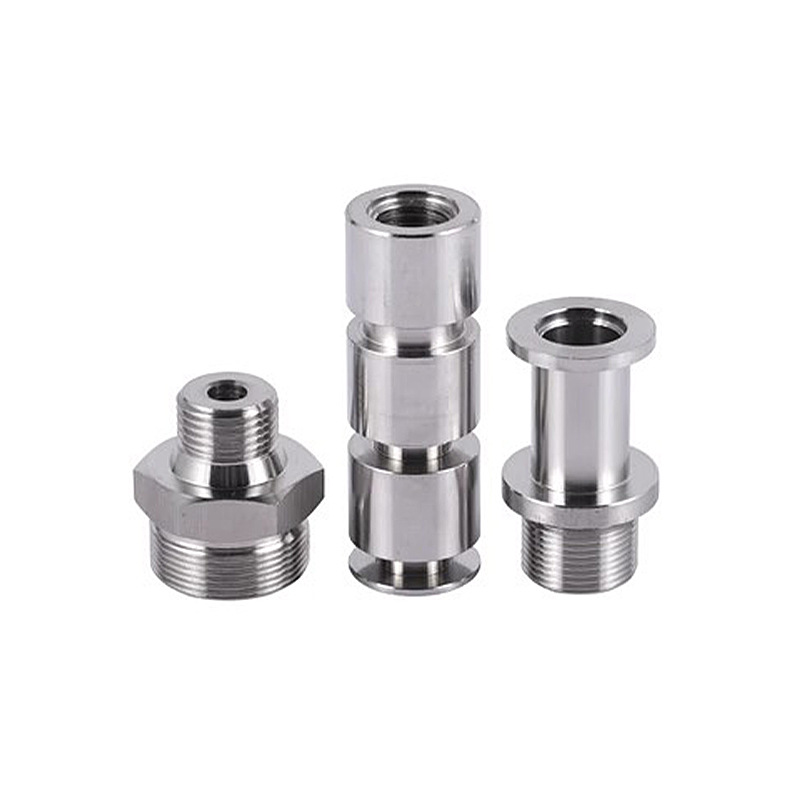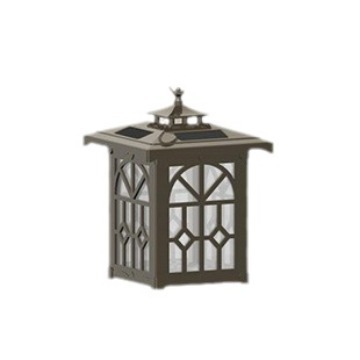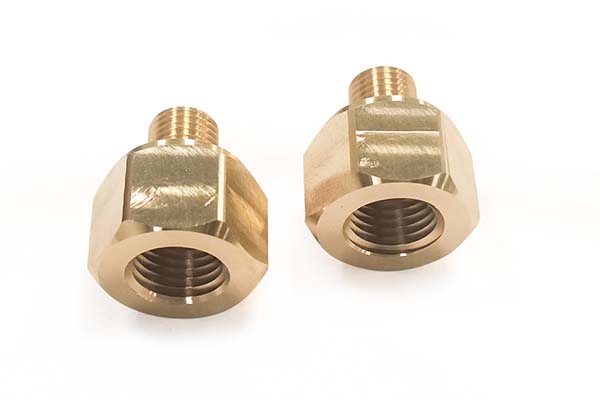The Significance of Precision in Mold Design
In the realm of manufacturing, mold design stands as a cornerstone, and the processes of proofreading, drawing review, and printing are the critical guardians of its quality and the smooth operation of production. Precision in these aspects is not just a matter of preference; it is an absolute necessity.
- Quality Assurance: A meticulously proofread and reviewed mold design drawing is the blueprint for a high - quality mold. Even the slightest oversight in the design, such as incorrect dimensions, can lead to significant flaws in the final mold. For example, a deviation of just 0.1mm in the mold's cavity dimensions can cause the molded parts to have inconsistent wall thicknesses. In a study of 100 mold - related production failures, 35% were attributed to design errors that could have been caught during the proofreading and drawing review stages. These flawed molds not only result in defective products but also lead to costly rework and extended production cycles.
- Cost - Efficiency: Precise mold design processes contribute directly to cost - efficiency. When a mold is designed correctly the first time, it reduces the need for costly modifications and repairs during production. According to industry data, on average, each design - related mold modification can cost between \(500 and \)5000, depending on the complexity of the mold. By ensuring accurate design from the start, manufacturers can avoid these unnecessary expenses. Additionally, proper printing of the design documents ensures that all production teams have clear and correct instructions, minimizing the risk of errors that could waste materials and labor.
- Production Smoothness: A well - designed and reviewed mold design is the key to seamless production. In a production line that manufactures 5000 plastic parts per day, a poorly designed mold can cause production stops due to issues like part sticking in the mold or improper ejection. These stops can lead to a loss of 10 - 20% of the daily production capacity. However, when the mold design is precise, the production process can run continuously, meeting production targets and delivery schedules.
The Intricate Process of Proofreading in Mold Design
Understanding the Basics of Proofreading
Proofreading in mold design is the meticulous process of examining every detail of the design documentation. It involves a comprehensive check to ensure that the design adheres to industry standards, regulatory norms, and, most importantly, the specific requirements of the client. This process is not just about spotting obvious errors; it is a deep - dive into the technicalities of the mold design, from the smallest geometric details to the overall functionality of the mold. For example, in a mold designed to produce plastic components for the automotive industry, proofreading would involve verifying that the design meets the strict quality and safety standards set by automotive manufacturers.
Key Elements to Focus on During Proofreading
Geometric Accuracy
Geometric accuracy is of utmost importance during proofreading. The shape, dimensions, and tolerances of the mold must be precisely as specified. A mold for creating injection - molded plastic parts, for instance, has specific cavity and core dimensions. Any deviation in these dimensions can lead to parts that do not fit together properly in the final product assembly.
- Shape: The shape of the mold cavities and cores should match the intended shape of the molded part exactly. A mold for a smartphone case, if the shape of the cavity has even a slight distortion, the resulting phone case may not fit the phone correctly.
- Dimensions: Precise dimensional control is crucial. Tolerances, which are the acceptable range of variation in dimensions, must be carefully monitored. In a high - precision mold for manufacturing micro - electronic components, the tolerance might be as small as ±0.01mm. If the dimensions of the mold are outside this tolerance, the produced micro - components could malfunction. In a real - world scenario, a mold used to manufacture engine parts for a major car manufacturer had a dimensional error in the design that went undetected during proofreading. This led to the production of thousands of defective engine parts, resulting in a recall that cost the company millions of dollars in replacement parts, labor, and damage to its reputation.
- Tolerances: Understanding and maintaining tolerances is key. Different mold - making processes and materials have different tolerance capabilities. For example, molds made using CNC machining can achieve much tighter tolerances compared to those made using some traditional casting methods.
Material Compatibility
Material compatibility is another critical aspect. The materials chosen for different components of the mold must work well together.
- Mold Base and Cavity Materials: The mold base, which provides the structural support, and the cavity, where the part is formed, often use different materials. The mold base might be made of a strong, low - cost steel like P20, while the cavity could be a more wear - resistant steel such as H13. These two materials must be compatible in terms of thermal expansion coefficients. If they expand and contract at different rates during the heating and cooling cycles of the molding process, it can lead to cracks in the mold or misalignment between the cavity and the mold base.
- Effect on Mold Performance and Longevity: Incompatible materials can also affect the mold's performance and lifespan. For example, if a mold release agent is not compatible with the mold material, it can cause surface damage to the mold over time, reducing its effectiveness and increasing the need for frequent maintenance or replacement. A study of 50 mold failures found that 15% were related to material - compatibility issues, highlighting the significance of this factor.
Functional Requirements
Ensuring that the mold meets all functional requirements is essential.
- Mold Opening and Closing: The mold should open and close smoothly without any jamming or excessive force required. This is crucial for the efficiency of the molding process. In an injection - molding machine that cycles several hundred times a day, if the mold has issues with opening and closing, it can slow down the production rate significantly.
- Ejection of Molded Parts: The ability to easily eject the molded parts from the mold is another vital functional requirement. If the ejection system is not designed correctly, parts may get stuck in the mold, leading to damaged parts or even mold damage. For example, in a mold for producing plastic toys, if the ejection pins are not placed in the right positions, the toys may break during ejection, resulting in a high scrap rate.
The Vital Process of Drawing Review in Mold Design
The Essence of Drawing Review
Drawing review in mold design is the cornerstone of ensuring a successful manufacturing process. A well - reviewed drawing serves as a clear, accurate, and complete communication tool between designers, manufacturers, and quality control teams. It is the definitive guide that dictates how the mold will be fabricated and how the final products will be inspected. For example, in the production of a complex plastic mold for an aerospace component, the drawing must clearly define the intricate geometries, tolerances, and surface finishes. Any ambiguity or error in the drawing can lead to misunderstandings during manufacturing, resulting in a mold that does not meet the required specifications.
In - Depth Aspects of Drawing Review
Standard Compliance
Mold design drawings must comply with a variety of standards, including international, national, and industry - specific standards.
- International Standards: ISO (International Organization for Standardization) standards, such as ISO 2768 for dimensional tolerances and ISO 8062 for mold and die components, ensure a global level of consistency. Non - compliance with these standards can lead to issues when collaborating with international suppliers or when the final products are sold in different markets. For instance, if a mold does not adhere to ISO - specified tolerances, the molded parts may not fit into assemblies made by other manufacturers following these standards.
- Industry Standards: Different industries have their own unique requirements. In the automotive industry, for example, molds must meet standards set by automotive manufacturers, which often have strict regulations regarding material quality, part durability, and safety - related features. Failure to meet these industry - specific standards can result in the rejection of the entire production batch, costly recalls, and damage to the manufacturer's reputation. A study in the automotive industry found that 20% of production - related issues were due to non - compliant mold designs.
Dimension Clarity and Consistency
Clear and consistent dimensioning is crucial in mold design drawings.
- Importance of Clarity: Every dimension on the drawing should be clearly labeled, with appropriate units specified. In a mold for producing medical devices, where precision is of utmost importance, a single unclear dimension can lead to parts that do not function properly. For example, if the diameter of a lumen in a plastic medical tube mold is not clearly defined, the resulting tubes may have inconsistent inner diameters, affecting fluid flow and potentially harming patients.
- Ensuring Consistency: All dimensions throughout the drawing, including those in different views and on different sheets, must be consistent. In a multi - part mold with complex geometries, inconsistent dimensions can cause problems during assembly. A real - world example is a mold for a consumer electronics product where the dimensions of a connector part were inconsistent between the 2D drawing and the 3D model. This led to the production of molds with misaligned connector cavities, and the molded parts could not be properly assembled, resulting in a 15% increase in production waste and a significant delay in product launch.
Assembly Details
Reviewing assembly details is another critical part of the drawing review process.
- Connection and Fit - up: The drawing should clearly show how different components of the mold are connected, whether it's through bolts, screws, or other fastening methods. The fit - up between parts, such as the clearance between a moving core and the mold cavity, must be precisely defined. In a die - casting mold, for example, improper connection of the die halves can lead to misalignment during the casting process, resulting in defective parts.
- Tolerances for Assembly: Tolerances for assembly are equally important. If the tolerances are too tight, it may be difficult to assemble the mold components, and if they are too loose, the mold may not function correctly. For a mold with a complex ejector system, the tolerances of the ejector pins and their corresponding holes must be carefully controlled. If the holes are too large, the ejector pins may wobble, causing uneven ejection of the molded parts and potentially damaging the mold or the parts.
The Printing Process in Mold Design
The Basics of Printing in Mold Design
The printing process in mold design is the final step in translating the digital design files into a format that can be directly used in the production process. It involves transferring the detailed design information, which has been painstakingly proofread and reviewed, onto a physical medium, usually paper, or sometimes into a digital format suitable for on - screen viewing in the production environment. This hard - copy or digital representation serves as a visual and tangible guide for mold - makers, machinists, and other production - related personnel. For example, a 2D drawing of a mold cavity with all its dimensions, tolerances, and surface finish notations needs to be printed clearly so that the CNC (Computer Numerical Control) operator can accurately machine the cavity to the specified requirements.
Yigu Technology's Perspective
As a non - standard plastic metal products custom Supplier, Yigu Technology has rich experience in the processes of mold design proofreading, drawing review, and printing.
During the drawing review, we adopt a multi - level review system. Our in - house design experts first conduct a self - review, followed by a cross - review among different design teams. This two - way review ensures that all aspects of the drawing, from standard compliance to dimension consistency, are thoroughly examined. For example, in a recent project for custom - made metal parts, this review method helped us identify a potential assembly issue in the drawing early on, saving us significant production time and costs.
When it comes to printing, we strictly control the quality. We use high - end printers and top - quality pigment - based inks to ensure that the printed drawings have high resolution and are fade - resistant. The paper we choose is also of high - grade bond paper, which guarantees clear and durable prints. This attention to detail in printing provides our production teams with accurate and long - lasting visual references, contributing to the high - quality production of our non - standard plastic and metal products.
